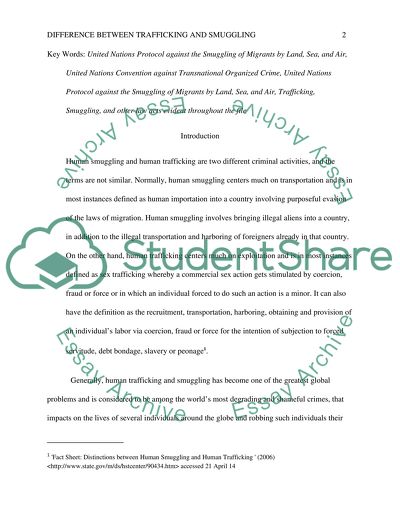Cite this document
(“What is the difference between trafficking and smuggling Essay”, n.d.)
Retrieved from https://studentshare.org/law/1640919-what-is-the-difference-between-trafficking-and-smuggling
Retrieved from https://studentshare.org/law/1640919-what-is-the-difference-between-trafficking-and-smuggling
(What Is the Difference Between Trafficking and Smuggling Essay)
https://studentshare.org/law/1640919-what-is-the-difference-between-trafficking-and-smuggling.
https://studentshare.org/law/1640919-what-is-the-difference-between-trafficking-and-smuggling.
“What Is the Difference Between Trafficking and Smuggling Essay”, n.d. https://studentshare.org/law/1640919-what-is-the-difference-between-trafficking-and-smuggling.


